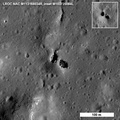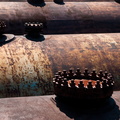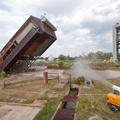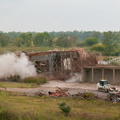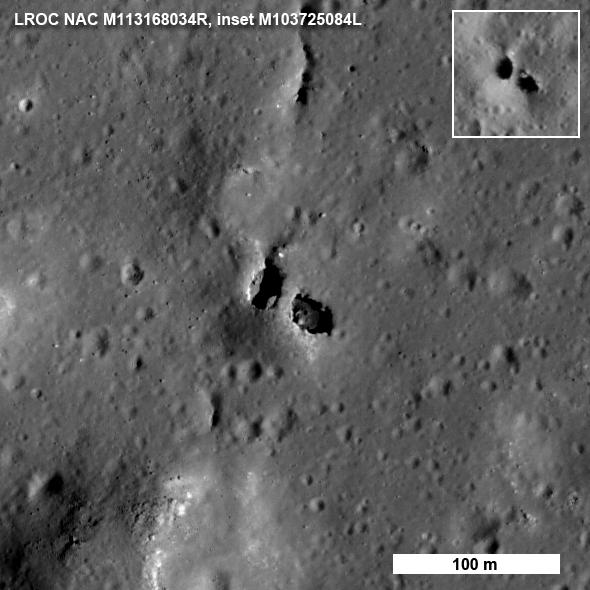
WIKIARCHIVES.SPACE
The Human Spaceflight Archive

Another amazing bit of lunar geology revealed by LROC. NAC M113168034R, north is up.
Information
- Taken in
- Author
- NASA/GSFC/Arizona State University
- Description
-
Another amazing bit of lunar geology revealed by LROC. NAC M113168034R, north is up.
Natural bridges on the Earth are typically the result of wind and water erosion -- not a likely scenario on the Moon. So how did this natural bridge form? The most likely answer is dual collapse into a lava tube.
NASA's Goddard Space Flight Center built and manages the mission for the Exploration Systems Mission Directorate at NASA Headquarters in Washington. The Lunar Reconnaissance Orbiter Camera was designed to acquire data for landing site certification and to conduct polar illumination studies and global mapping. Operated by Arizona State University, LROC consists of a pair of narrow-angle cameras (NAC) and a single wide-angle camera (WAC). The mission is expected to return over 70 terabytes of image data.
- Created on
- Tuesday 7 September 2010
- Albums
- US SPACE PROGRAM / PROBES / MOON / LRO/LCROSS / Annoted/Science
- Source link
- https://photojournal.jpl.nasa.gov
- Visits
- 18
- Rating score
- no rate
- Rate this photo
- License
- Public Domain
- Modified by WikiArchives
- No (original)
- Downloads
- 0
Powered by Piwigo
